“It should make a great container for gas once the Olympics are over.” “Why is it that we have world-class architects who manage to produce such uninspiring designs for our most important home-grown projects?” “It’s incredibly dull and it looks as if it was designed by a team of accountants…”
The comments from Building Design’s website when the look for the 2012 Olympic stadium was unveiled in November 2007 were pretty typical of the views of the architectural profession at the time and practically ever since.
In architectural terms we were going to have a disaster on our hands – as the design elite lambasted much of what the ODA was up to, with Richard Rogers threatening to boycott the whole caboodle if the ODA went down the design and build route.
Even in May this year when The Guardian took a number of architectural superstars round the Olympic Park, their comments were no more flattering: “I find it unremarkable and a little bit disappointing” and “painfully pragmatic” was how Amanda Levete described it. ”Beijing’s Bird’s Nest stadium was the icon for the Olympics in China and that is what we are missing. It is not going to capture anyone’s imagination,” she said.

The stadium may not have captured the imagination, but the Games certainly have
So now we’re at the end of the Games were those nay saying architects right? We haven’t had an iconic Bird’s Nest of a building dominating the TV screen for the last two weeks. But does it really matter? Does anyone really care that despite it being the most high-profile building in the world no one has barely noticed it or commented on it?
On the one hand, of course it does. The Olympics is the biggest shop window in the world to showcase anything and we’ve squandered it. This stadium will be about as memorable as the one in Athens – yes quite. Anything aside from the Bird’s Nest has been just been a stadium.
The ODA and its designer Populous have always maintained that it was never meant to be iconic and have pinned its credentials on being green – using a quarter of the amount of steel as the Bird’s Nest – and being clever. It can be collapsed after the Games to 25,000 seats and won’t end up as a white elephant as many previous stadia. Well the jury is still out on the second point.
But these qualities don’t really come over that well to the billions plus glued to their TV set. At worst it’s a little mundane; at best invisible and inoffensive. Yes, there are bits of iconic architecture round the Olympic Park in such as the Velodrome and the interior of the aquatic centre. But images of those don’t get beamed around the world to the same extent. So that’s the negative.
But in terms of the success of the Games, even the sniffiest of architectural critics would have to concede that ODA and LOCOG, as Seb Coe has said of the stadium: “I think we got it just about right.”
Historic settings
For a start, what GB has got that Bejing didn’t is the wealth of ready-made iconic historic settings – Lord’s Cricket Ground, Greenwich Park and Horse Guards Parade, which have been harnessed to the maximum to create a unique sense of Britishishess and provide iconic images aplenty of the London Games.
Also, by not going for a massive architectural statement, the organisers have somehow captured perfectly the mood of the moment. China’s stadium, like its opening ceremony, projected an image of strength and imperialism. Us Brits, meanwhile, aren’t taking ourselves too seriously – we’ve got a pink and blue hockey arena for goodness’ sake. And it works. As commentators have said – we’re a nation at ease with ourselves.
As MP for Greenwich Nick Raynsford told me: ”It’s much more environmentally sustainable than Beijing. The atmosphere inside is electric and it works incredibly well for the athletes. They are not overawed by the building. Some in the architectural profession have been very sniffy – I hope they’ll see now the wider issues and that everything’s not about glamorous architecture.”
Some influential architectural souls clearly have. The stadium has surprisingly been chosen as a candidate for the Stirling Prize. As Rowan Moore wrote in the Observer of the shortlist: “They are all works that avoid the sugar rush of instant spectacle and which, by holding back a little, help you better experience the arts, drama, landscape or sport in and around them.”
So, like a very good supporting cast, the 2012 stadium has allowed its real stars to shine. When we look back at 2012 the enduring images will be of the Queen parachuting into the stadium with James Bond in tow; of Usain Bolt gliding over the line; of Mo Farrah and Jessica Ennis triumphantly taking gold. The sheer pleasure of winning and the British public coming together. Not what the stadium was like. And isn’t that how it should be?
Photograph: Jason Hawkes
Comments
Comments are closed.



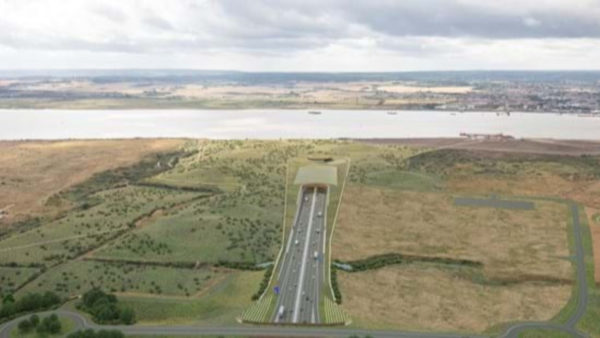
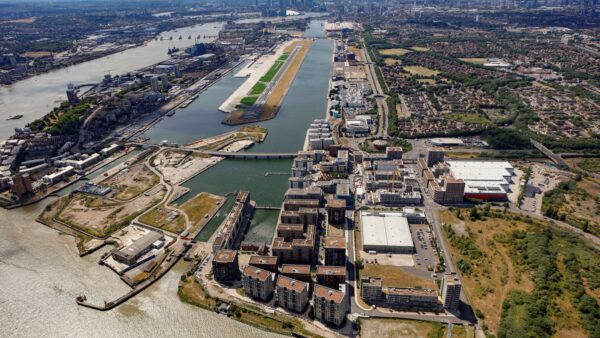

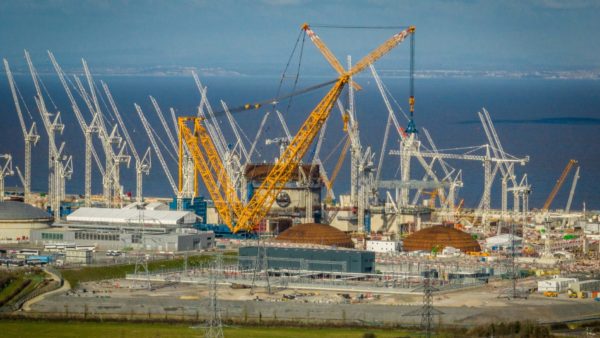

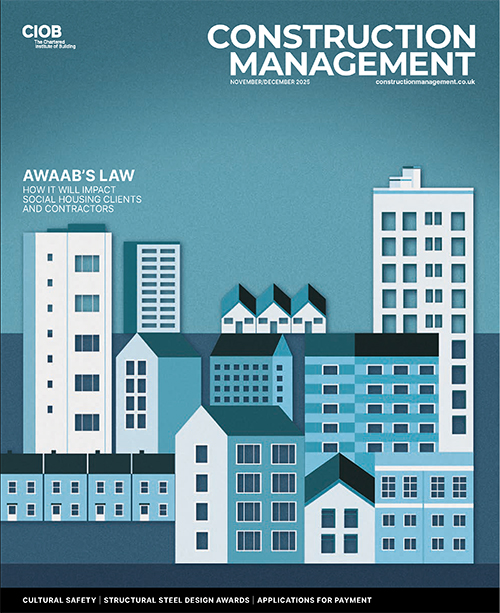
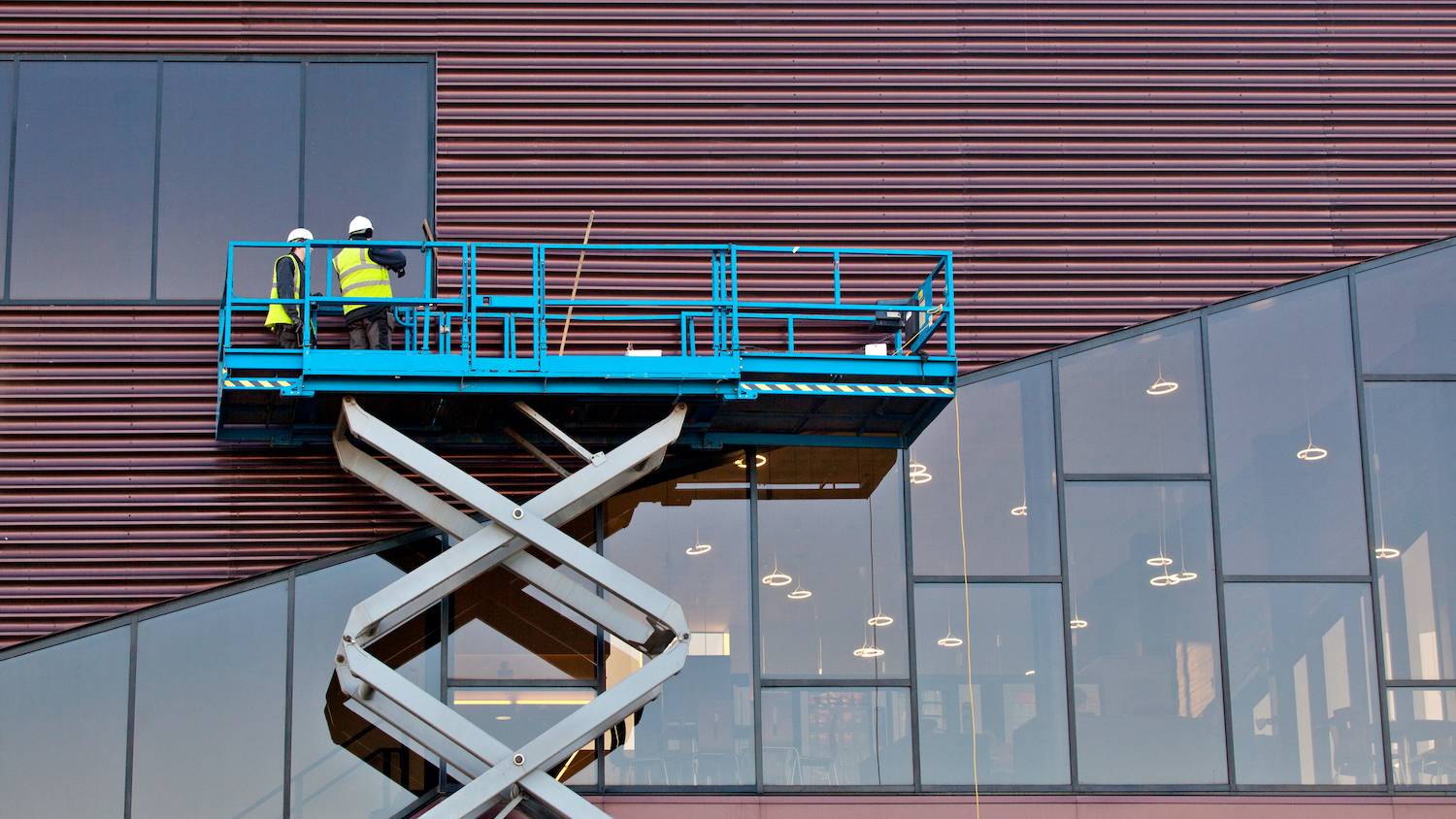

I do feel sorry for the architects that thumbed their nose at the stadium as described in the article. But of course they missed the point.
Whilst the Birds Nest was iconic it was also sterile with thousands of bussed in Chinese students politiely clapping on cue.
The London venues have been brought to life by the spectators and surely that is sporting venues should be, a place where the contestants and the spectators can interact.
Given a choice between Beijing’s sterility and Londons energy the ODA and LOCOG got it right.
Beijing now has iconic white elephants I doubt that fate will happen to London.
I am afraid the sniffy architects got this badly wrong -again.
I whole heartedly agree with Chris. They got it right, if only evidenced by the lack of complaints from spectators about access, sightlines etc which bedevil these large stadia. Lets hope it continues to justify itself whether as a Football Stadium or a venue for large events to be enjoyed for years to come